What is Non-Specific Low back Pain?
Affecting upwards of 84% of the population, non-specific low back pain (NSLBP) is defined as pain that is not attributable to a specific underlying pathology (e.g., disc herniation, spondylolisthesis, vertebral fracture, etc.). This type of pain can be categorized temporally according to the following criteria: acute (> 6 weeks of pain), sub-acute (6-12 weeks of pain), and chronic (12+ weeks of pain).
Brief Anatomy Lesson
The human spine is a beautiful, intricate structure consisting of three segments – the cervical spine, thoracic spine, and lumbar spine. In particular, the lumbar spine – where NSLBP often originates – is comprised of 5 lumbar vertebrae (L1-L5). Each vertebra consists of a vertebral body, a spinous process, two transverse processes, and two facet joints. Specifically, the facet joints are coated with cartilage to allow flexion, extension, and rotation of the spinal column. Between two vertebra is where the intervertebral discs are found. These discs consist of a sponge-like inner structure known as the nucleus pulposus, which provides shock absorption functionality to the spine as well as the annulus fibrosus, which is a series of concentric, ligamentous rings that connect two vertebrae together. The spinal cord, which is a long, thin structure made of nervous tissue, extends from the brain through the course of the spinal canal. At each vertebral segment, two extensions of the spinal cord – known as nerve roots – exit into the periphery through the neural foramen. The many muscles of the back – including the quadratus lumborum, multifidus, serratus posterior, and others – work in conjunction with the abdominal, gluteal, and leg muscles to allow the 3 main functions of the spine: flexion, extension, and rotation. Unfortunately, it is often these muscles, ligaments, bones, nerves, and other structures of the low back that play a role in NSLBP.
The Role of Exercise
Running
Individuals with NSLBP often report that the pain is worst during or after extended periods of inactivity, such as in the morning, when traveling long distances, or when sitting for an increased amount of time. Additionally, when experiencing a particularly painful stint of LBP, individuals are often inclined to do one of two things which can cause more harm than good: rest completely or try to stretch the pain away. Contrary to this commonplace thought, research has shown that aerobic exercise as well as resistance training can reduce pain intensity and strengthen structures of the back that are potentially responsible for NSLBP.
For example, the intervertebral discs (referenced above) are fluid filled, which is important for their function of shock absorption. Dehydration (or desiccation) of these intervertebral discs occurs naturally with aging and causes the discs to become less flexible and less sturdy. One group of researchers found that long-distance runners demonstrated better hydration and higher glycosaminoglycan (structural component of the intervertebral discs) levels in their intervertebral discs compared to non-athletic individuals.
Furthermore, there were signs of hypertrophy (enlargement) of the intervertebral discs in the long-distance runners. While running has been shown to be beneficial spine health, it should be noted that, for the average individual, high volume and high intensity running may not beneficial nor recommended to promote health of the intervertebral discs.
Resistance Training
Alternatively, resistance training has shown promising results for reducing pain and increasing muscle strength in individuals suffering from NSLBP. In strength-based training, the concept of periodization refers to a variation in the training volume, intensity, and exercises by breaking the year into time periods with a specific focus (e.g., hypertrophy, strength, flexibility). In a study evaluating the influence of periodized resistance training on males with NSLBP, a group of researchers divided individuals into three age groups. The program was a periodized, 4 day per week design with exercises targeting the upper-body, lower-body, and core area.
The researchers ultimately found significant differences in strength over time for the groups undergoing resistance training, whereas the control group showed no such significant change in strength across time. Furthermore, during testing at weeks 8 and 12, it was found that resistance training groups showed significant improvements in pain, disability, and quality of life measures as compared to the control group. The results of this study suggest that periodized resistance training may serve as an effective rehabilitation method for individuals suffering from NSLBP. It should be noted, however, that the individuals in the study were trained and familiarized with the resistance exercises before beginning the study. As such, it is strongly recommended that an individual interested in pursuing strength training consult with a healthcare expert prior to beginning.
Contact form
Or just call (412) 221-7640 and we’ll do everything we can to help.
Across all review platforms
Dr. David Provenzano, a leading expert throughout the nation for treating patients who suffer daily from pain, uses advanced diagnostic techniques to assess the source of the pain and develop a comprehensive and safe treatment approach that can significantly reduce your pain.

